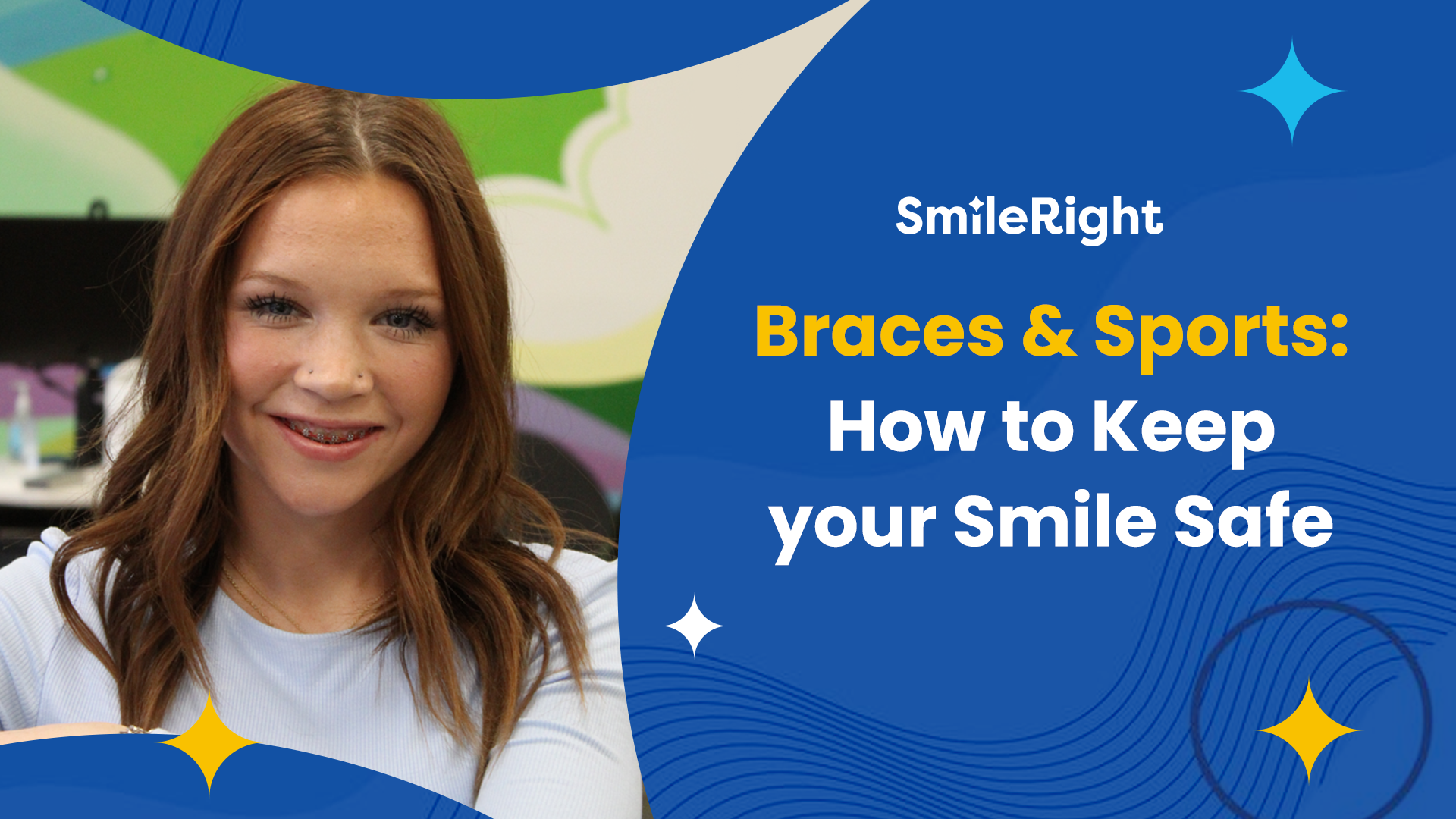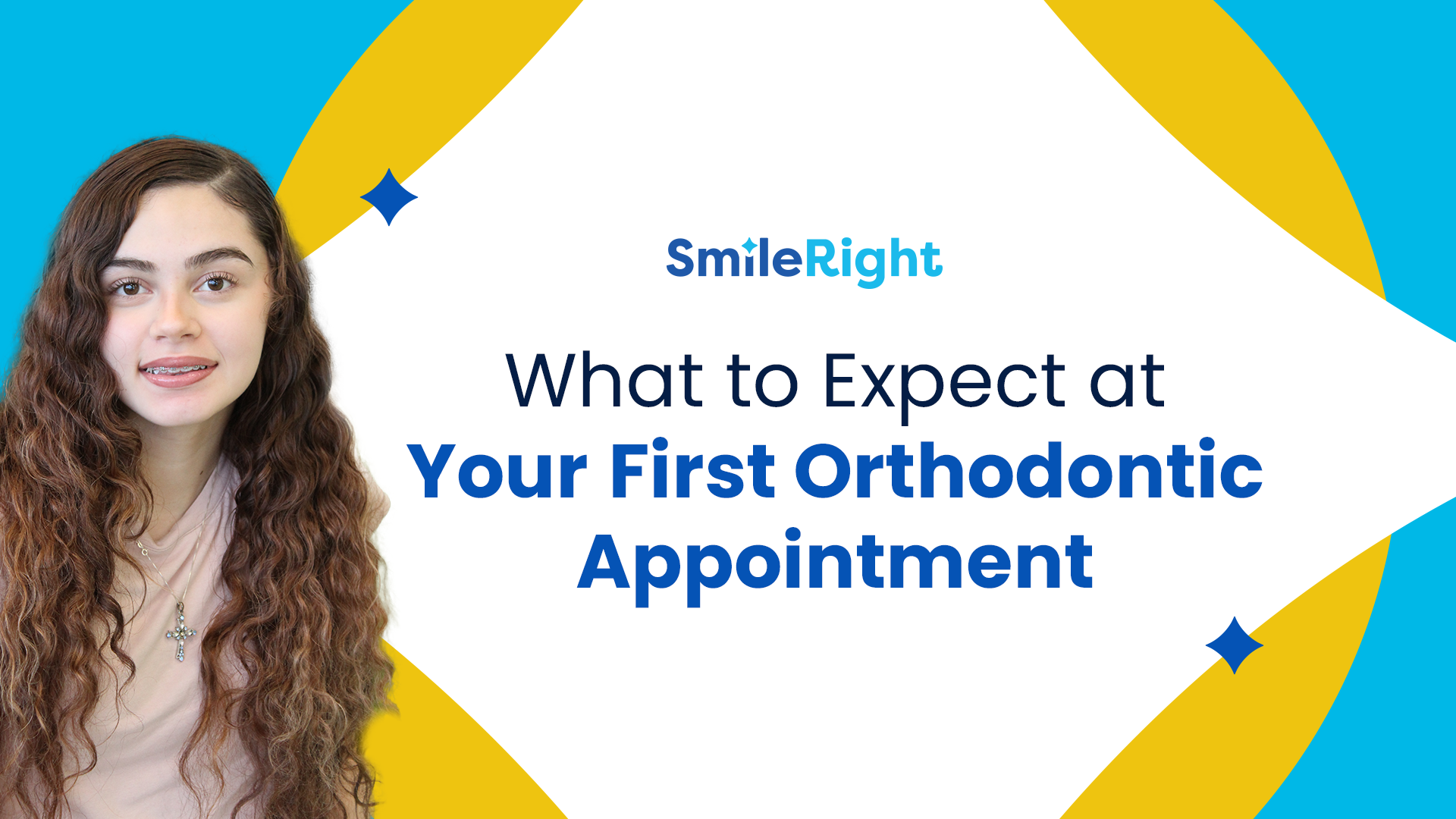5 Common Myths About Metal Braces Debunked

Source: Dr. Marketing
Metal braces have been a reliable and effective orthodontic treatment for decades, helping millions of people achieve straighter teeth and healthier smiles. Despite their long-standing success, many myths and misconceptions about metal braces still persist, leading some patients to hesitate about pursuing this treatment.
At SmileRight, we believe in providing accurate information to help our patients make informed decisions about their orthodontic care. In this blog post, we’ll debunk five of the most common myths surrounding metal braces and set the record straight on what you can really expect from this tried-and-true treatment.
Myth 1: Metal Braces Are Extremely Painful

One of the most widespread myths about metal braces is that they are unbearably painful throughout the entire treatment. While it’s true that there may be some discomfort, particularly when braces are first applied or adjusted, the idea that braces are constantly painful is a misconception.
The Reality
When you first get your braces, or after periodic adjustments, it’s normal to experience some tenderness or soreness as your teeth begin to move. This is because the brackets and wires are applying pressure to shift your teeth into alignment. However, this discomfort is typically mild and temporary, lasting only a few days after each adjustment. Over-the-counter pain relievers and orthodontic wax can help minimize discomfort during this period.
The vast majority of patients adjust to their braces quickly and find that after the initial period of adaptation, they don’t notice any significant pain at all. At SmileRight, we prioritize patient comfort and provide guidance on managing any soreness or discomfort that may arise during treatment.
Myth 2: Metal Braces Are Only for Kids and Teens
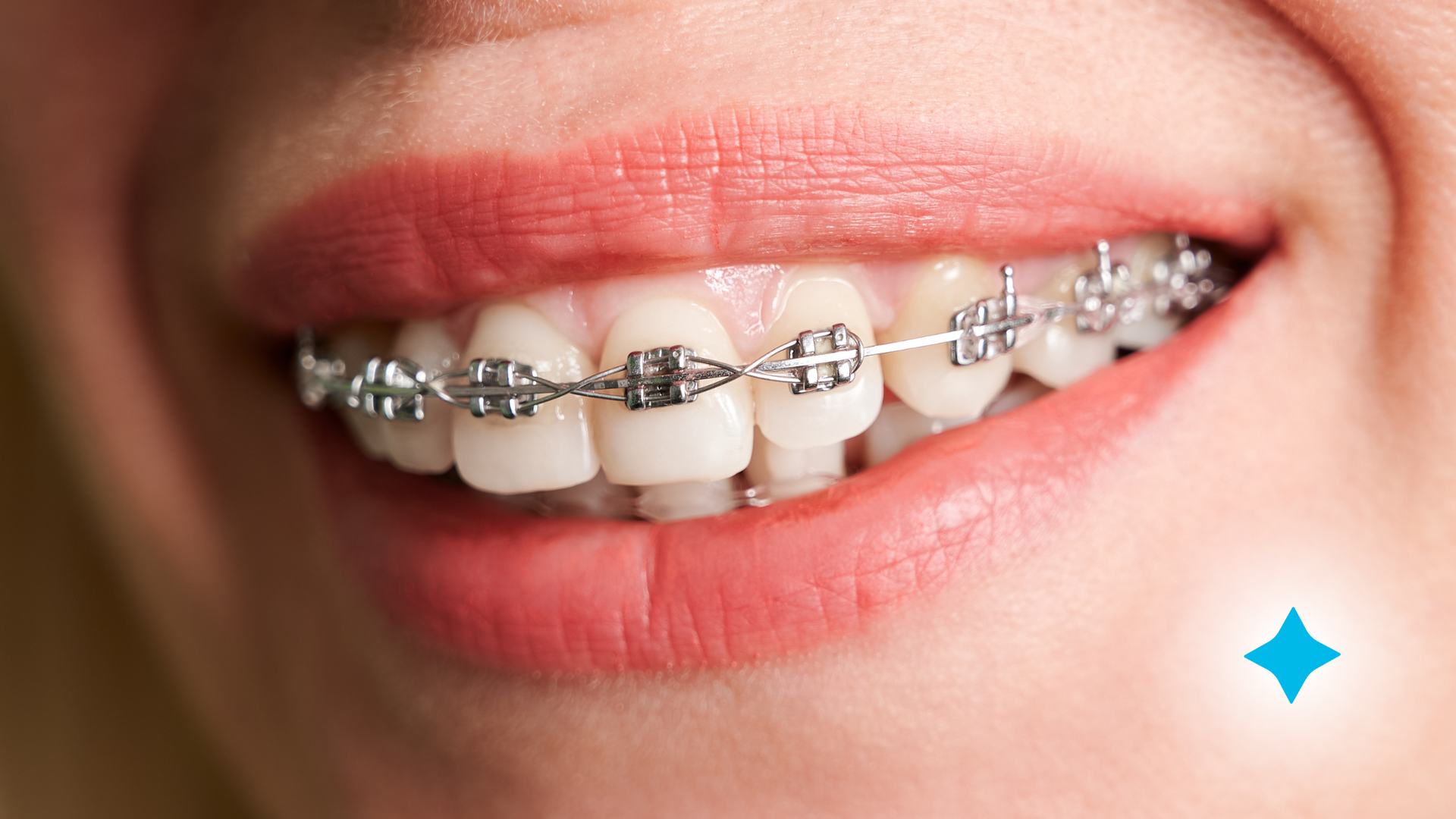
Another common misconception is that metal braces are only appropriate for children and teenagers. While it’s true that many orthodontic patients get braces in their early years, adults can also benefit from metal braces.
The Reality
Orthodontic treatment is not limited by age. Metal braces are highly effective for adults as well as younger patients, making them an excellent option for anyone who wants to improve their smile, regardless of age. Adult patients may choose metal braces for various reasons, including correcting crooked teeth, closing gaps, or addressing bite issues that weren’t treated earlier in life.
In fact, many adults are turning to orthodontic treatment to enhance their oral health and aesthetics. Misaligned teeth can lead to issues like gum disease, jaw pain, and uneven wear on teeth, all of which can be improved with metal braces. At SmileRight in Houston, we have successfully treated patients of all ages with metal braces, helping them achieve a healthier, more confident smile.
Myth 3: Metal Braces Take Years to Work

Some patients worry that if they choose metal braces, they’ll be stuck with them for many years before seeing results. This misconception can discourage people from seeking orthodontic treatment, especially if they are hoping for faster results.
The Reality
While the length of treatment varies depending on the complexity of the case, most patients wear metal braces for 18 to 24 months. In some cases, treatment may be shorter or longer, depending on factors such as the severity of misalignment or how well the patient follows their orthodontist’s instructions.
At SmileRight, we create a personalized treatment plan for each patient based on their specific needs and goals. While braces require some patience, many patients start to notice visible improvements within the first few months of treatment. Additionally, we offer modern advances in metal braces technology, such as heat-activated archwires, which can help speed up the teeth-moving process and reduce treatment time.
Myth 4: Metal Braces Are Too Noticeable and Unattractive
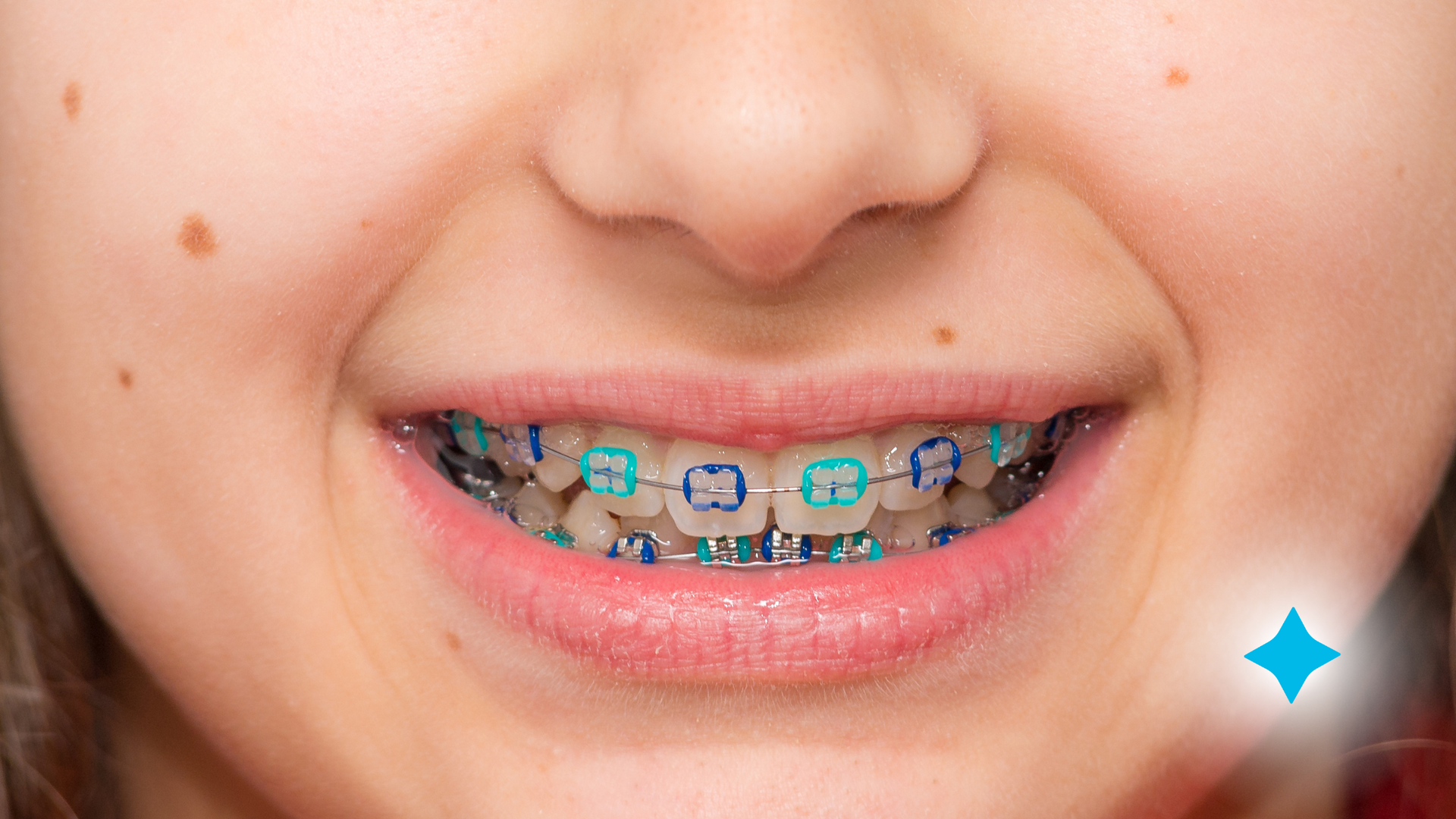
One of the biggest reasons some people shy away from metal braces is the belief that they are bulky, unsightly, and will drastically change their appearance for the worse. Many assume that metal braces will draw unwanted attention and affect their confidence.
The Reality
While it’s true that metal braces are more noticeable than clear aligners, modern metal braces are much smaller, sleeker, and more comfortable than the bulky braces of the past. Today’s metal braces are designed to be as discreet as possible while still providing the strength and durability needed to move teeth effectively. Plus, metal braces now come in more customizable options, allowing patients to choose colored bands to make their braces more fun and personalized.
For patients concerned about aesthetics, it’s important to remember that metal braces are a temporary solution that provides lifelong benefits. Many patients find that the brief time spent wearing metal braces is well worth the end result of a straight, healthy smile. We work with each patient to ensure they are comfortable with their treatment and confident in the positive changes it will bring to their smile.
Myth 5: Metal Braces Restrict What You Can Eat
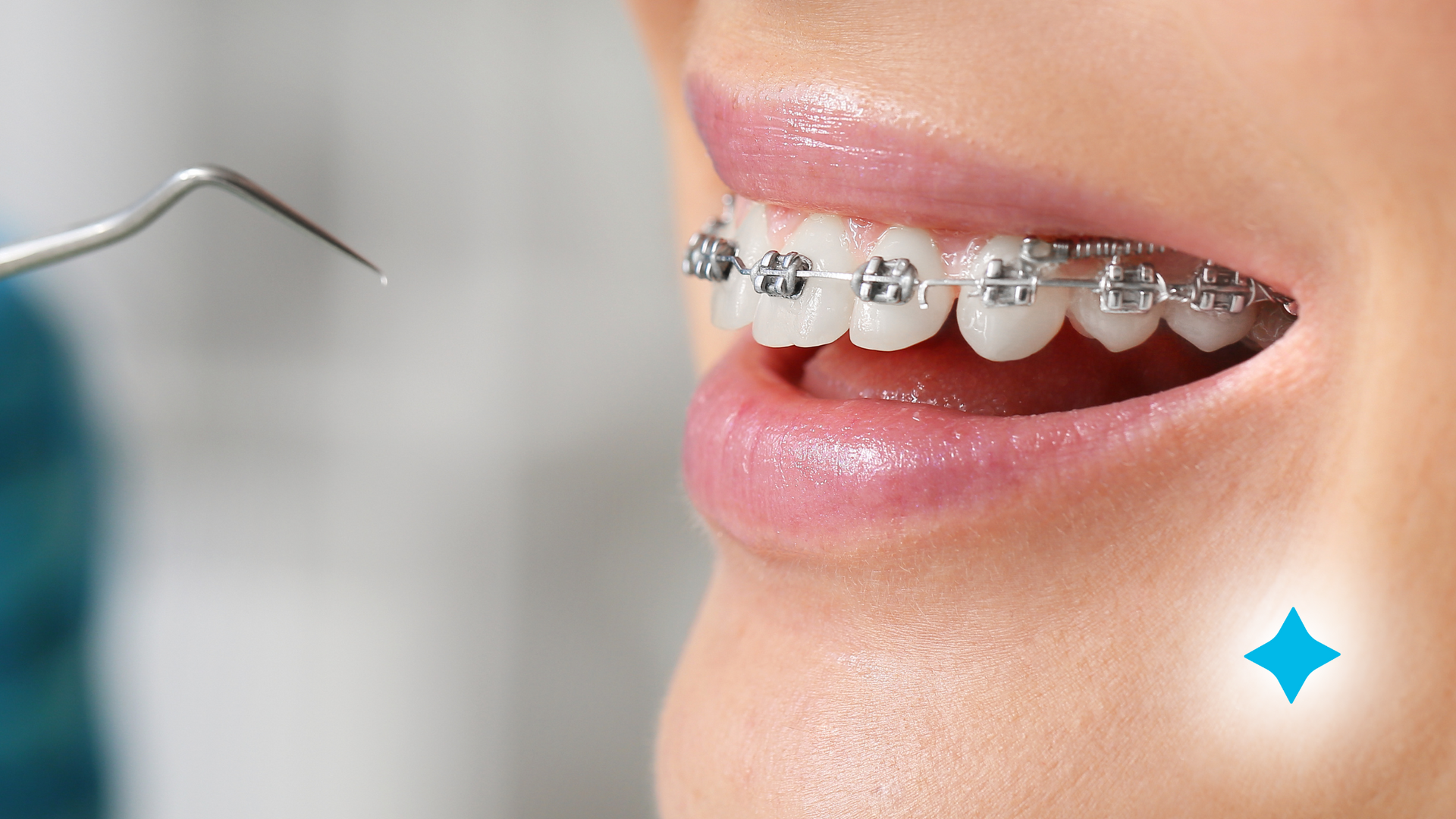
A common myth about metal braces is that they severely limit your diet, forcing you to give up your favorite foods for the entire duration of treatment. Some patients worry that braces will make eating inconvenient or difficult.
The Reality
While it’s true that you’ll need to make some dietary adjustments to protect your braces, there’s no need to give up all your favorite foods. The main restriction with metal braces is avoiding hard, sticky, or chewy foods that could damage the brackets and wires. Foods like popcorn, hard candies, and chewy caramels should be avoided, as they can get stuck in your braces or cause them to break.
However, most foods are still perfectly fine to eat with braces, especially softer options like pasta, dairy, soft fruits, and cooked vegetables. You can also continue enjoying most of your favorite meals by making simple modifications, such as cutting food into smaller pieces or opting for softer versions of hard foods. At SmileRight, we provide our patients with detailed dietary guidelines to ensure they can maintain a healthy, enjoyable diet while protecting their braces.
Debunking the Myths for a Better Experience

Metal braces remain one of the most effective and reliable orthodontic treatments available today. While misconceptions about discomfort, aesthetics, and diet continue to circulate, the reality is that metal braces offer a proven path to a healthier, straighter smile for patients of all ages.
At SmileRight, we believe in empowering our patients with the facts so they can feel confident in their treatment choices. If you’ve been considering metal braces but are unsure due to these common myths, we encourage you to schedule a consultation with our team. We’ll answer all your questions, address any concerns, and help you find the best orthodontic solution for your needs.
Our expert team is here to help you achieve the smile you’ve always wanted!
